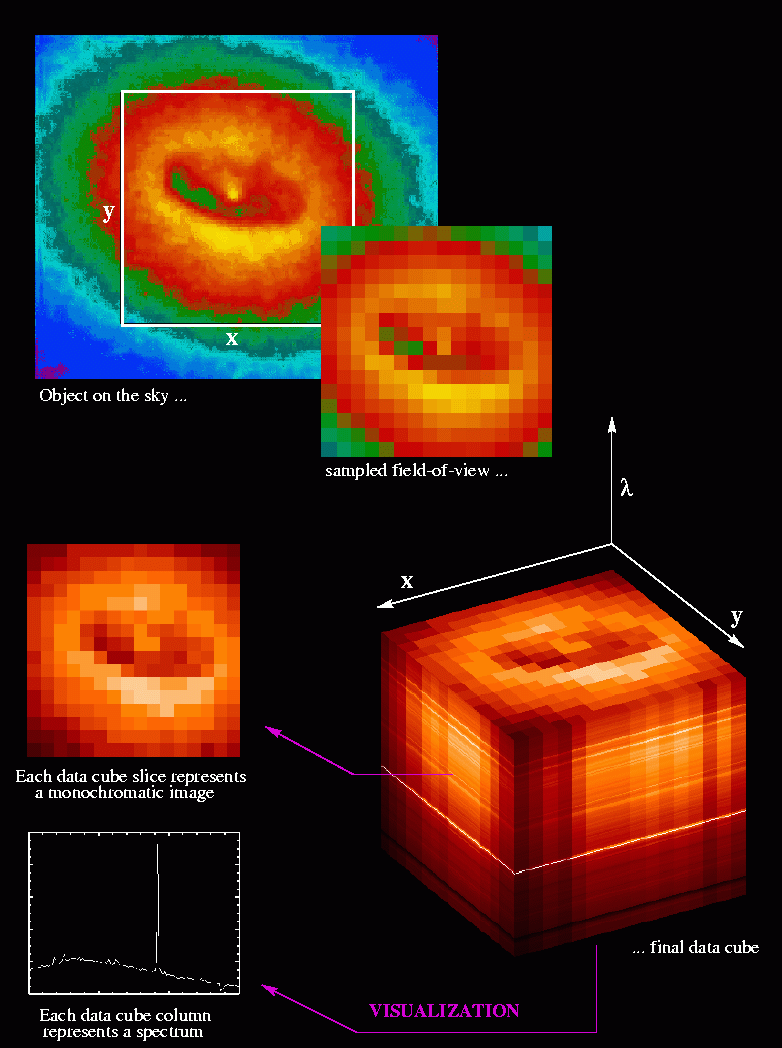
Fig. 1 : Principle of Integral Field Spectroscopy
(IFS): a two-dimensional field-of-view on the sky (white frame)
is sampled into discrete spatial elements, which can have a round, hexagonal,
or (like in this example) square shape. These spatial elements are sometimes
called SPAXELS in order to distinguish them from ordinary PIXELS of direct
imaging instruments. The peculiar virtue of IFS consists in the ability
to create an individual spectrum for each spaxel simultaneously
over the whole field-of-view. After data reduction, the set of generated
spectra can be rearranged in a computer to form a 3-dimensional data cube
of two spatial, and one wavelength coordinates. Hence also the term "3D-Spectroscopy"
is sometimes used for IFS. Note that in the presence of atmospheric refraction
the data cube in fact becomes a data rhomboid because of spatial
shift as a function of wavelength. From the data cube (or rhomb) one can
extract a spectrum for each indvidual spaxel, or a coadded spectrum for
a group of spaxels (say within a digital aperture). Alternatively, it is
possible to create monochromatic images or coadded quasi-broadband images
from slices of the datacube.
Last update August 14, 2002 by M.
Roth
